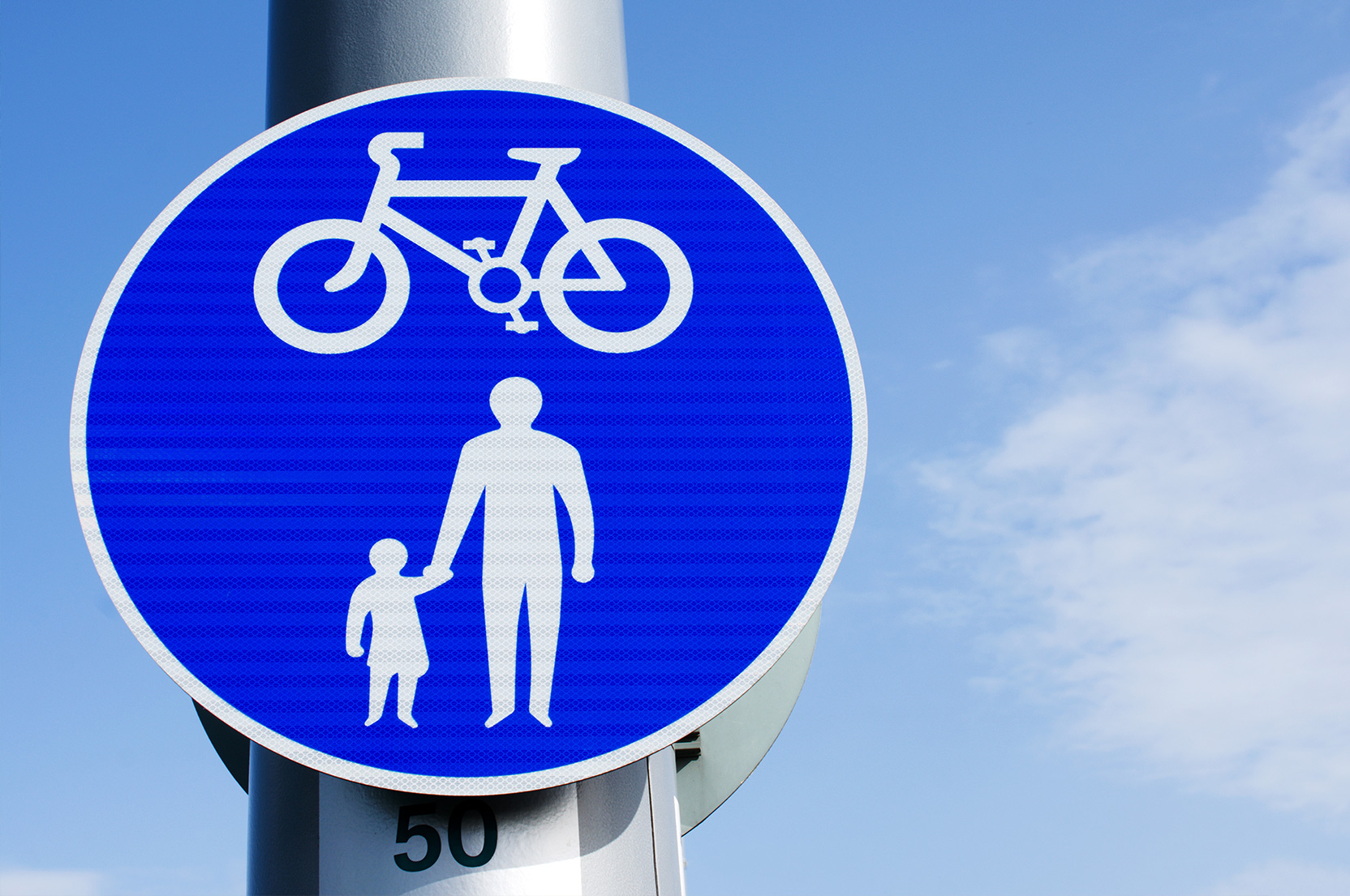Changes to Highway Code focus on vulnerable road users

On 29th January 2022, the Department for Transport introduced several changes to the Highway Code aimed at improving safety for vulnerable road users.
While all road users need to be aware of these changes and act on them, motor fleet operators are advised to ensure their fleet drivers follow best practice guidance, reducing the likelihood of them being involved in a collision with a vulnerable road user.
The changes
- Rule H1 imposes the most significant change, setting out the hierarchy of road users and placing the greatest responsibility on the drivers of large vehicles.
- Rule H2 sets out clearer and stronger priorities for pedestrians, moving priority at road junctions away from vehicles to pedestrians.
- Rule H3 states that drivers should not cut across cyclists when entering or exiting a junction.
Vulnerable Road Users
As we return to normal routines and more people take to the roads, both the volume of traffic and vulnerable road users (VRU) are set to increase, and it’s essential everyone recognises their responsibility to use roads as safely as possible. The term VRU refers to pedestrians, particularly children, the elderly, cyclists, motorcyclists and horse riders. They are described as vulnerable because they are not protected by a vehicle and there is an increased likelihood of them being injured or killed if involved in a road traffic collision.
Best practice for fleet operators
There are a number of practical steps that motor fleet operators can take to reduce the likelihood of a VRU collision. These include carrying out risk assessments to establish the hazards associated with driving for work, selecting appropriate vehicles with improved safety features, such as Autonomous Emergency Braking and Advanced Driver Assistance Systems, increasing driver’s visibility and reducing blind spots. Interestingly, the new Euro NCAP safety ratings now include VRU Protection.
Practical steps
Journey planning is key, ensuring routes avoid areas with a high number of VRU’s, such as schools, residential areas and town centres. If such journeys are necessary, it’s essential to use the right vehicle for the job, utilise vehicle safety technology and provide adequate training for drivers. Driver monitoring is also essential, identifying drivers who demonstrate poor driving behaviour and provide targeted coaching. Collision and Claims Data Analysis will help support the development of a robust driver risk management strategy, helping to reduce incidents; and many commercial fleet operators now seek accreditation through voluntary schemes such as Fleet Operator Recognition Scheme (FORS), Construction Logistics and Community Safety (CLOCS) and Van Excellence.
You can find out more in Aviva’s Protecting Vulnerable Road Users guide, where they have outlined best practice guidance to assist motor fleet operators and their drivers in reducing the likelihood of a collision.
NLIG has many years’ experience advising and arranging tailored insurance solutions for their clients in the field of motor fleet insurance. Whether you are a fleet operator or involved in the motor trade, we can advise on the right level of cover for your business. For further information, please call us on 01992 703007 or email insurance@nlig.co.uk

